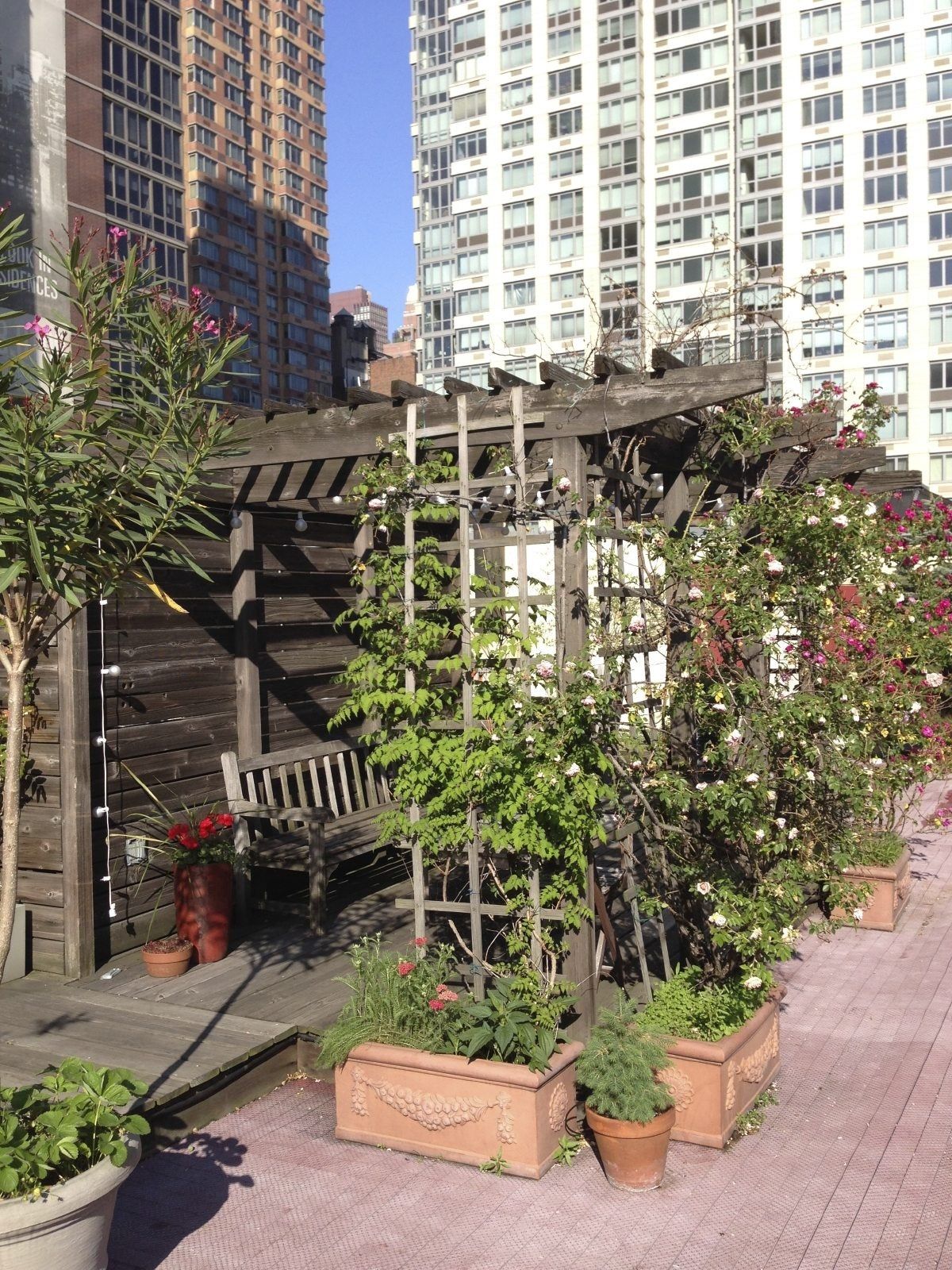How City Blooming can Save You Time, Stress, and Money.
How City Blooming can Save You Time, Stress, and Money.
Blog Article
The Of City Blooming
Table of ContentsThe City Blooming StatementsAn Unbiased View of City BloomingSome Known Details About City Blooming 10 Easy Facts About City Blooming ShownGetting The City Blooming To Work
Fascinated in expanding food for sale in the City of Chicago? Below is a list of often asked questions regarding the regulations and laws that farmers should consider when preparing a metropolitan agriculture project.
The zoning modification does not change any various other codes taking care of composting, building authorizations, purchasing or renting City had home, business licenses or environmental contamination. There are existing codes that control these issues and they stay in complete impact and might be applicable to your job. Area gardens are typically owned or taken care of by public entities, civic organizations or community-based organizations and preserved by volunteers.
Urban ranches grow food that is meant to be sold, either on a not-for-profit or for-profit basis. Due to their commercial function, city ranches call for a company certificate.
The Facts About City Blooming Uncovered
Composting is allowed but just for plant material that is created and utilized on website. The amount of compost material can not go beyond 25 cubic lawns at any given time according to the standards in 7-28-715 of the City's Municipal Code. Yes. Since the soil at most new garden sites needs amending, garden compost, dirt, timber chips, or other materials can be obtained to construct or improve the expanding area - garden care.

If a building permit is needed then the hoophouse will be taken into consideration an accessory building. You can learn even more about the building authorization demands by calling the Department of Structures. The 25,000-square-foot size limitation is intended to stop a single area garden from controling a given block or taking away from the block's existing domestic or commercial character.
The restriction does not apply to gardens found in Public Open Area (POS) areas. Can there be more than one community garden that is 25,000 square feet on a solitary block? Fencing is not called for, nevertheless, gardens that have big car parking areas might be called for to set up fencing or other landscaping attributes.
The 20-Second Trick For City Blooming
B1 & B2 districts need that all industrial usage tasks be conducted indoors. Is secure fencing required for city farms? Fences might be needed, along with landscaping and testing, for specific car parking locations and outside job or storage locations depending on location and the details task taking area.
Yes. Urban ranches require structure permits and zoning authorizations before building and construction. Other kinds of city evaluation might be needed relying on specific structures, activities, size, landscaping, licensing, public health and stormwater administration issues. A lot of these requirements are determined in the project layout or permitting procedure, nevertheless, the applicant may be responsible to individually identify specific licenses or allows that might be required.
Yes. The kind of license is determined by what is happening at the site. The Department of Company Affairs and Customer Protection can aid identify the certain sort of business license that's needed. Yes. Off street car parking is needed for most industrial jobs in Chicago. The needed number of vehicle parking spaces is based on the variety of employees functioning on website and not the square video of the growing area.
The Definitive Guide to City Blooming

An urban ranch can offer garden compost product created on website, nonetheless, the procedure has to comply with the regulations in 7-28-715 of the Chicago Municipal Code. Aquaponic systems are allowed indoors on metropolitan farms in many zoning areas.
Approximately 5 hives or nests of honey bees may be maintained as an accessory usage. Nonetheless, beekeepers have to sign up with the Illinois Division of Farming. To learn more regarding the suggested zoning amendment you may get in touch with the Department of Real Estate and Economic Advancement, Bureau of Preparation and Zoning at 312.744.8563.
Farming in cities and metropolitan locations A metropolitan ranch in Chicago. Urban agriculture refers to various techniques of growing. https://cityblooming.start.page, processing, and distributing food in metropolitan locations. The term likewise applies to the location activities of pet husbandry, aquaculture, beekeeping, and gardening in an urban context. Urban farming is distinguished from peri-urban agriculture, which takes area in country areas at the edge of suburban areas.
City Blooming Fundamentals Explained
It can involve great post to read a movement of natural farmers, "foodies" and "locavores", that look for to develop social networks based on a shared values of nature and area holism. These networks can develop by means of formal institutional support, ending up being integrated right into neighborhood community preparation as a "shift town" movement for lasting urban advancement.
The a lot more straight accessibility to fresh veggie, fruit, and meat products that may be know through metropolitan agriculture can enhance food protection and food safety and security while decreasing food miles, causing reduced greenhouse gas exhausts, therefore contributing to climate change mitigation. Some of the very first proof of urban agriculture comes from Mesopotamia.
Report this page